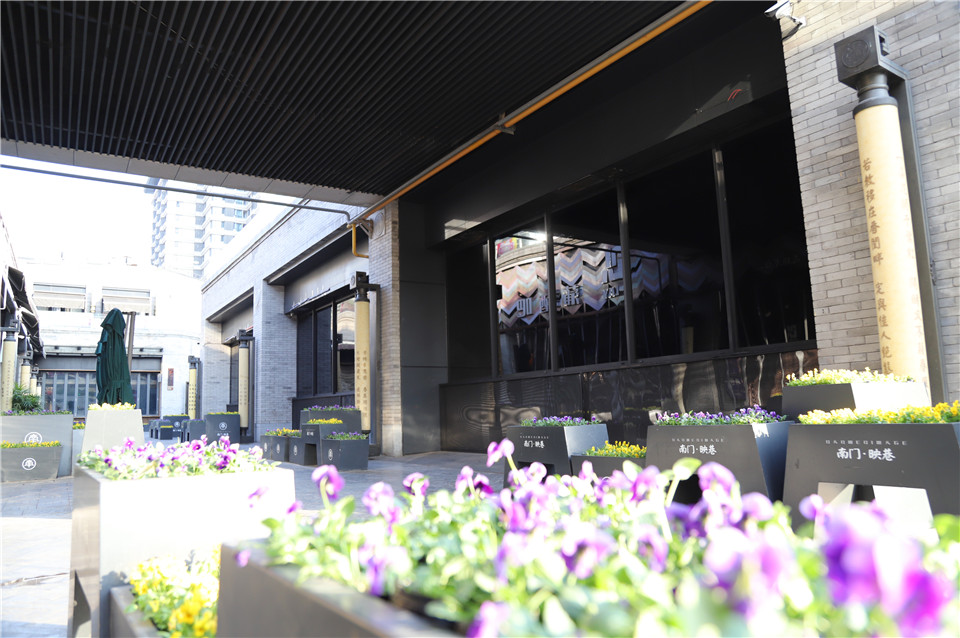Before we answer this question, we need to know what is soundproof glass and how to distinguish the types of common noise.
Sound insulation glass, also known as soundproof or noise reduction glass, is a kind of glass product that can reduce a major part of the outside sound pollution or noise. It is usually a laminated glass or insulated glass with a double or multi-layer composite structure.
According to the frequency, the noise can be roughly divided into low frequency, medium frequency and high-frequency noise.
1. Low-frequency noise:
Low-frequency noise usually refers to the sound noise whose vibration frequency is below 500Hz.
This kind of noise has three notable characteristics: a long transmission distance, a strong penetration and not change significantly with the distance.
For example Traffic noise near roads, viaducts, airports, railway stations etc;
2. Medium and high-frequency noise:
In contrast to low-frequency noise, medium and high-frequency noise is an irregular sound with a dominant frequency higher than 2000Hz.
The notable characteristics of this kind of noise are: The penetration is poor, and it will be significantly attenuated as the propagation distance increases or encounters obstacles
For example: Sound noise like car horns, musical instruments, dog barking, school broadcasts, etc.
Performance of three ordinary kinds of glass in noise reduction and soundproof.
Insulated Glass
Insulated glass uses the filling noble gas, usually, Argon, to partially absorb the energy of medium and high-frequency sound vibration, thereby reducing the sound level of sound waves. Its sound insulation performance depends on the thickness of the glass, the filling gas in the cavity and the number and thickness of the spacer layers, among others. However, the insulated glass is not quite well for absorbing low-frequency noise because its air cavity will resonate with the low-frequency noise of the outside world in the low-frequency region.
Laminated Glass
The film in the middle of the laminated glass is equivalent to a damping layer, which can use the characteristics of the PVB adhesive layer to absorb medium and low-frequency sound waves, suppress the vibration of the glass, and achieve the effect of sound insulation.
Generally speaking, laminated glass is far more effective at stopping sound waves than a standard glass of the same size because sound waves have more difficulty travelling through the combination of glass sheets and a PVB interlayer, which plays a key role in sound insulation. This is why laminated glass is commonly used as a type of soundproof glass.
Vacuum Double Glazing
Apart from laminated glass, vacuum glass, a better one compared to laminated glass, is also a good option when considering reducing noise.
Vacuum glass still consists of two panes of glass while the gap has all the air extracted and is mechanically sealed. The structure of vacuum glass is similar to that of insulating glass, the difference is that the gas in the vacuum glass cavity is very thin, almost close to vacuum.Due to the sound cannot cross a vacuum, this kind of glass is much more effective than standard double glazing in noise reduction,especially for low-frequency noise.






